-
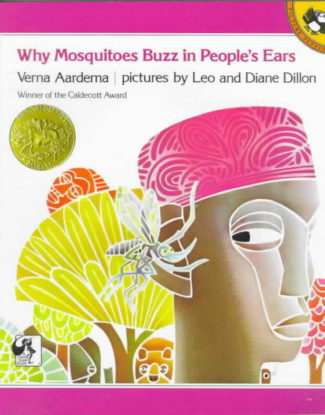
Verna Aardema
Why Mosquitoes Buzz in People’s Ears
by: Verna AardemaWhy Mosquitoes Buzz in People’s Ears: A West African Tale is a 1975 picture book by Verna Aardema and illustrated by Leo and Diane Dillon told in the form of a cumulative tale written for young children, which tells an African legend. In this origin story, the mosquito lies to a lizard, who puts sticks in his ears and ends up frightening another animal, which down a long line causes a panic. In the end, an owlet is killed and the owl is too sad to wake the sun until the animals hold court and find out who is responsible. The mosquito is eventually found out, but it hides in order to escape punishment. So now it constantly buzzes in people’s ears to find out if everyone is still angry at it.
The artwork was made using watercolor airbrush, pastels, and India ink. The cutout shapes were made by using friskets and vellum cut shapes at different angles.[1]
The book won a Caldecott Medal in 1976 for the Dillons.[2] It was the first of their two consecutive Caldecott wins; the second was for Ashanti to Zulu: African Traditions.[2]
$8.99
Why Mosquitoes Buzz in People’s Ears: A West African Tale is a 1975 picture book by Verna Aardema and illustrated by Leo and Diane Dillon told in the form of a cumulative tale written for young children, which tells an African legend. In this origin story, the mosquito lies to a lizard, who puts sticks in his ears and ends up frightening another animal, which down a long line causes a panic. In the end, an owlet is killed and the owl is too sad to wake the sun until the animals hold court and find out who is responsible. The mosquito is eventually found out, but it hides in order to escape punishment. So now it constantly buzzes in people’s ears to find out if everyone is still angry at it.
The artwork was made using watercolor airbrush, pastels, and India ink. The cutout shapes were made by using friskets and vellum cut shapes at different angles.[1]
The book won a Caldecott Medal in 1976 for the Dillons.[2] It was the first of their two consecutive Caldecott wins; the second was for Ashanti to Zulu: African Traditions.[2]
Only logged in customers who have purchased this product may leave a review.

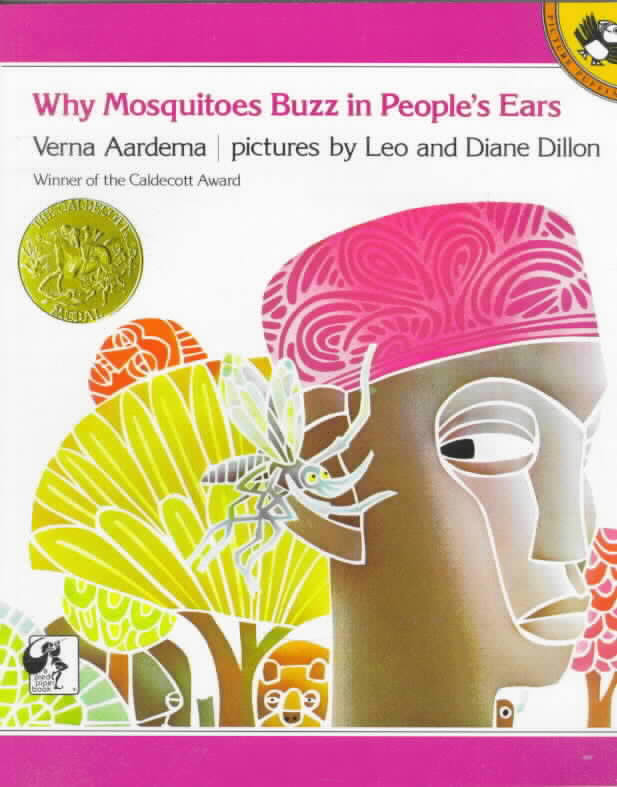

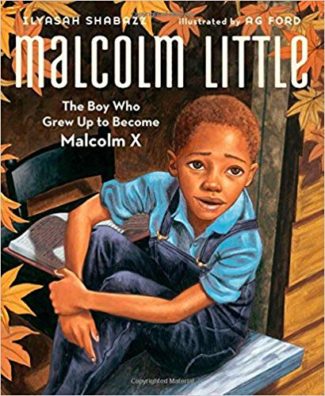
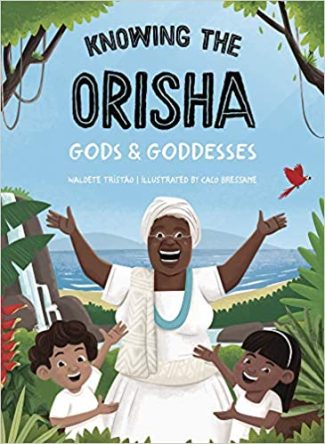
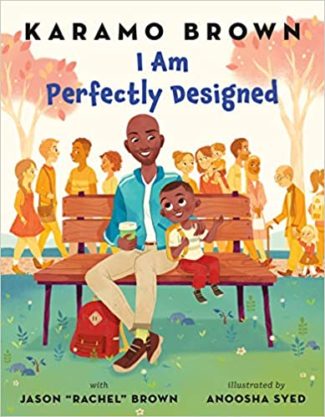
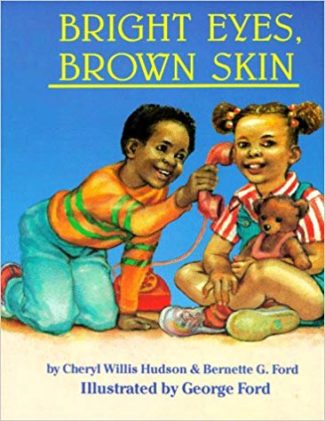
There are no reviews yet.